✎ Juan Pablo Rodríguez Malaver

✎ Camilo Alméciga


Jabiru
Jabiru mycteriaOrinoquia region
RECORRIDO VIRTUAL POR LA BIODIVERSIDAD DE COLOMBIA
Museo de Historia Natural
Universidad Nacional de Colombia

Jabiru
Jabiru mycteria
Morpho-functionality
Beak
Their massive beak is used to generate a rattle with which they communicate during courtship.
Head
Its featherless head and neck prevents its neck from remaining wet and from harmful microorganisms growing on its plumage.
Legs
They can sleep standing generally on one leg by using a locking mechanism in the joints of their legs without the animal having to strain to remain standing.
Lifecycle
The breeding season begins in the transition from the wet to the dry period (October-March). In February they lay two to five eggs, the chicks have white plumage but when they are more developed the feathers of their wings turn gray and they lose their neck plumage. The parents take turns caring for the chicks so they can go hunting. For the next two months, the chicks remain long periods in the nest waiting for the parents to provide them with food. With the beginning of the rainy season the young leave the nest, but the parents remain with the juveniles in the bodies of water and continue to provide them with food.
Jabiru
Distribution
It is one of the three species of storks of the Neotropics, it is highly dependent on wetlands to fulfill its life cycle. It is distributed from southeastern Mexico to northeastern Costa Rica and from Colombia to Argentina. In Colombia it can be found in the Cauca River Valley and the lower and middle part of the Magdalena River Valley.
Distribution area






